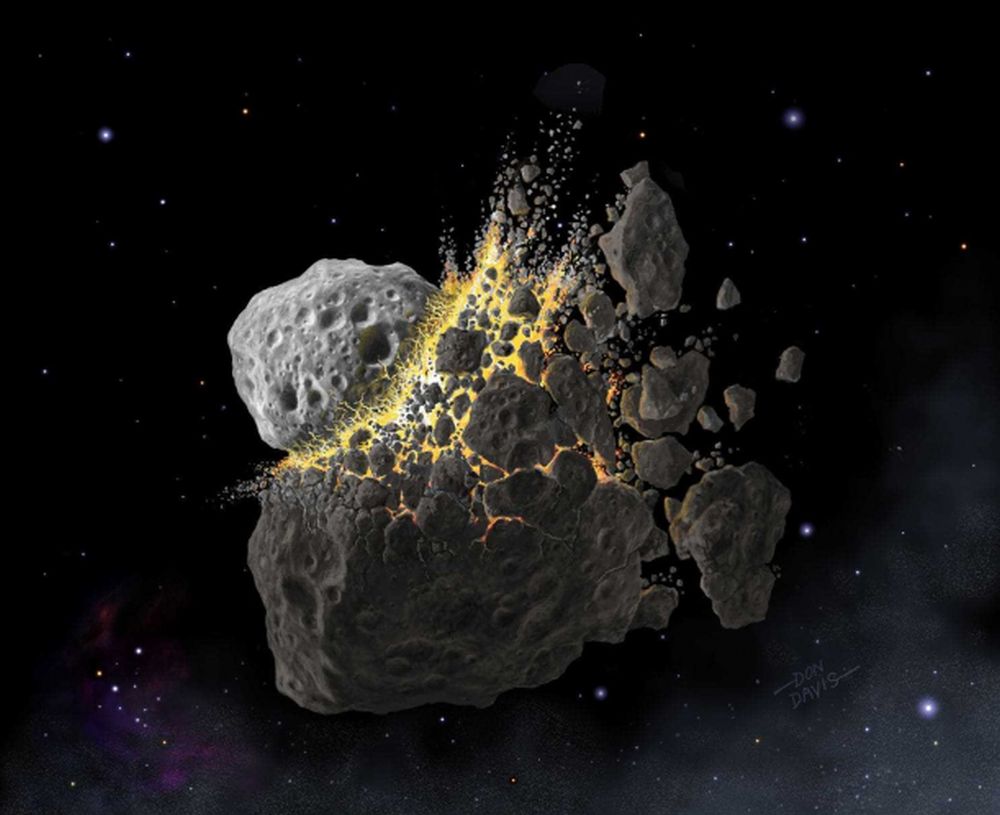There’s something wrong with us.
We’ve risen to prominence on a world that’s positively “rippling with life,” as Carl Sagan described it. The more we study our planet, the more we find life eking out an existence in the most unlikely of places.
Yet we seem destined to drive many species to extinction, even though we see those extinctions coming from miles away.
As an indication of how serious the problem is, one group of researchers suggests we use the Moon—yes, the Moon—as a safe repository for Earth’s biodiversity.
Continue reading “Scientists Want to Use the Moon to Safeguard Earth’s Biodiversity”

